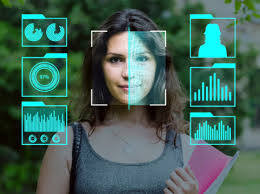
Nuancedu Myers-Briggs Type Indicator (MBTI) group training will not only help your teams to acquire fundamental skills but also attain invaluable learning outcomes, enhancing their proficiency and enabling application of knowledge in a professional environment. By completing our Myers-Briggs Type Indicator (MBTI) workshop, teams will to master essential Myers-Briggs Type Indicator (MBTI) and also focus on introducing key concepts and principles related to Myers-Briggs Type Indicator (MBTI) at work.
What Will You Learn?
- Course Outcomes:
- 1. Introduction to MBTI Framework
- o Understand the history and development of the MBTI instrument.
- o Learn the theoretical foundations based on Carl Jung's psychological types.
- 2. Exploration of Personality Preferences
- o Examine the four dichotomies: Extraversion (E) vs. Introversion (I), Sensing (S) vs. Intuition (N), Thinking (T) vs. Feeling (F), and Judging (J) vs. Perceiving (P).
- o Identify personal preferences and understand their implications.
- 3. Determining Your MBTI Type
- o Complete the MBTI assessment to ascertain your personality type.
- o Interpret and validate your results through guided analysis.
- 4. Understanding Type Dynamics and Development
- o Explore how different personality components interact within an individual.
- o Learn about type development and the influence of life experiences on personality.
- 5. Enhancing Interpersonal Relationships
- o Apply MBTI insights to improve communication and resolve conflicts.
- o Recognize and appreciate diverse personality types in personal and professional settings.
- 6. Team Building and Collaboration
- o Utilize knowledge of personality types to foster effective teamwork.
- o Develop strategies to leverage individual strengths within a group.
- 7. Leadership and Decision-Making
- o Understand how personality preferences influence leadership styles.
- o Enhance decision-making skills by considering diverse perspectives.
- 8. Personal Growth and Career Development
- o Use MBTI insights to identify suitable career paths and professional environments.
- o Create a personal development plan aligned with your personality strengths.
Course Curriculum
Introduction and Context
Completing the MBTI
Recognising the Dimensions
Making Decisions
Personal Preference
Behavioral Cues
Adapting our Style
Student Ratings & Reviews

No Review Yet

No Data Available in this Section


